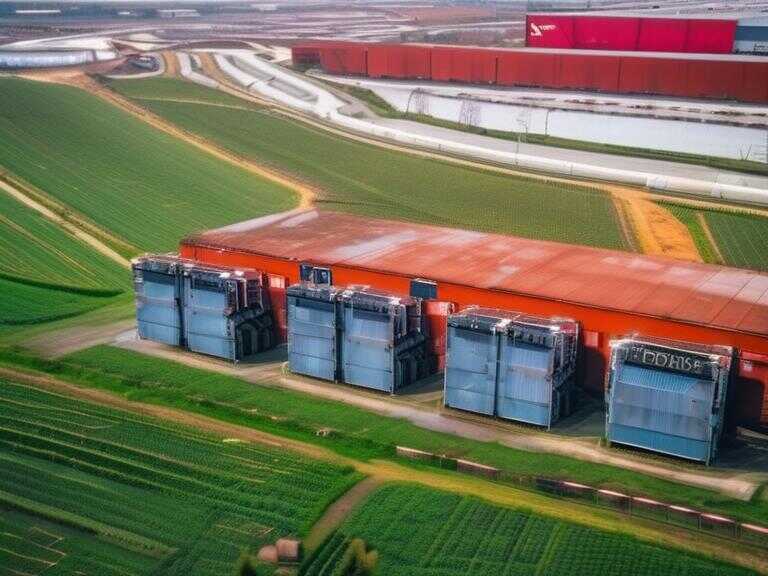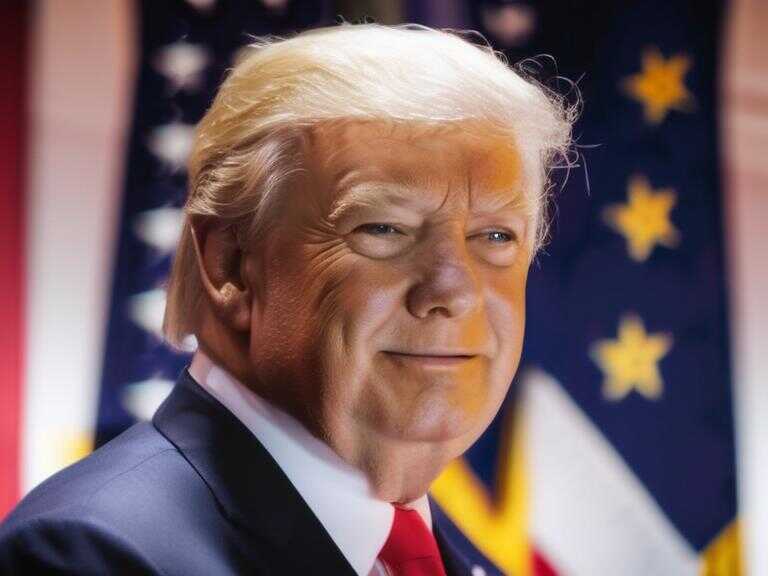
Nvidia CEO Addresses Demand Concerns at GTC 2023
Nvidia CEO addressed investor concerns at GTC, emphasizing strong demand for AI chips, growth in physical AI, and preparedness for tariffs.

Nvidia's week-long GPU Technology Conference (GTC) has been closely watched by investors eager for news and updates from the dominant maker of chips that power artificial intelligence applications. The event comes at a pivotal time for Nvidia shares, which have experienced a decline after two years of substantial gains. After a 15% drop over the past month, the stock is now 22% below its January all-time high.
CEO Addresses Analyst Queries
During the event, CEO Jensen Huang took questions from analysts on a wide range of topics, including demand for Nvidia's advanced Blackwell chips and the impact of Trump administration tariffs. Analysts focused on several key areas during Huang's responses:
Blackwell Demand
Huang acknowledged that he had "underrepresented" demand in a slide showing 3.6 million estimated Blackwell shipments to the top four cloud service providers this year. He emphasized that despite speculation regarding shrinking demand, the amount of computation required for AI has "exploded," and the four largest cloud service clients remain "fully invested." Morgan Stanley analyst Joseph Moore highlighted Huang's commentary on Blackwell demand in data centers as a significant disclosure, noting that it aimed to refocus the narrative on the strength of the demand profile amid concerns about OpenAI-related spending shifts and pressure from ASICs (application-specific integrated circuits) from these same four customers.
Piper Sandler analyst Harsh Kumar agreed, stating that the slide provided only a glimpse into the overall demand. He suggested that beyond the four largest customers, others are likely eager to acquire as much compute power as their budgets allow.
Physical AI
Analysts also observed a growing trend in physical AI, which involves using AI to power machines' actions in the real world rather than within software. Truist analyst William Stein described physical AI as something that is "starting to materialize," noting that the next wave centers around robotics and presents a potential $50 trillion market for Nvidia. Stein highlighted Jensen's demonstration of Isaac GR00T N1, a customizable foundation model for humanoid robots, as evidence of this trend.
Macroeconomic Concerns
Several analysts addressed Huang's explanation of the impact of tariffs on Nvidia's business. D.A. Davidson analyst Gil Luria noted that management emphasized their preparedness for such scenarios and their efforts to manufacture more products onshore. He pointed out that Nvidia is already utilizing Taiwan Semiconductor's Arizona fab for manufacturing production silicon.
Bernstein analyst Stacy Rasgon observed that Huang's response suggested that Nvidia's push to relocate some manufacturing to the U.S. would mitigate the effects of higher tariffs. Rasgon also mentioned that Huang dismissed concerns about a recession hindering customer spending, arguing that companies would prioritize cutting spending in areas of their business that are not experiencing growth.
Share news















